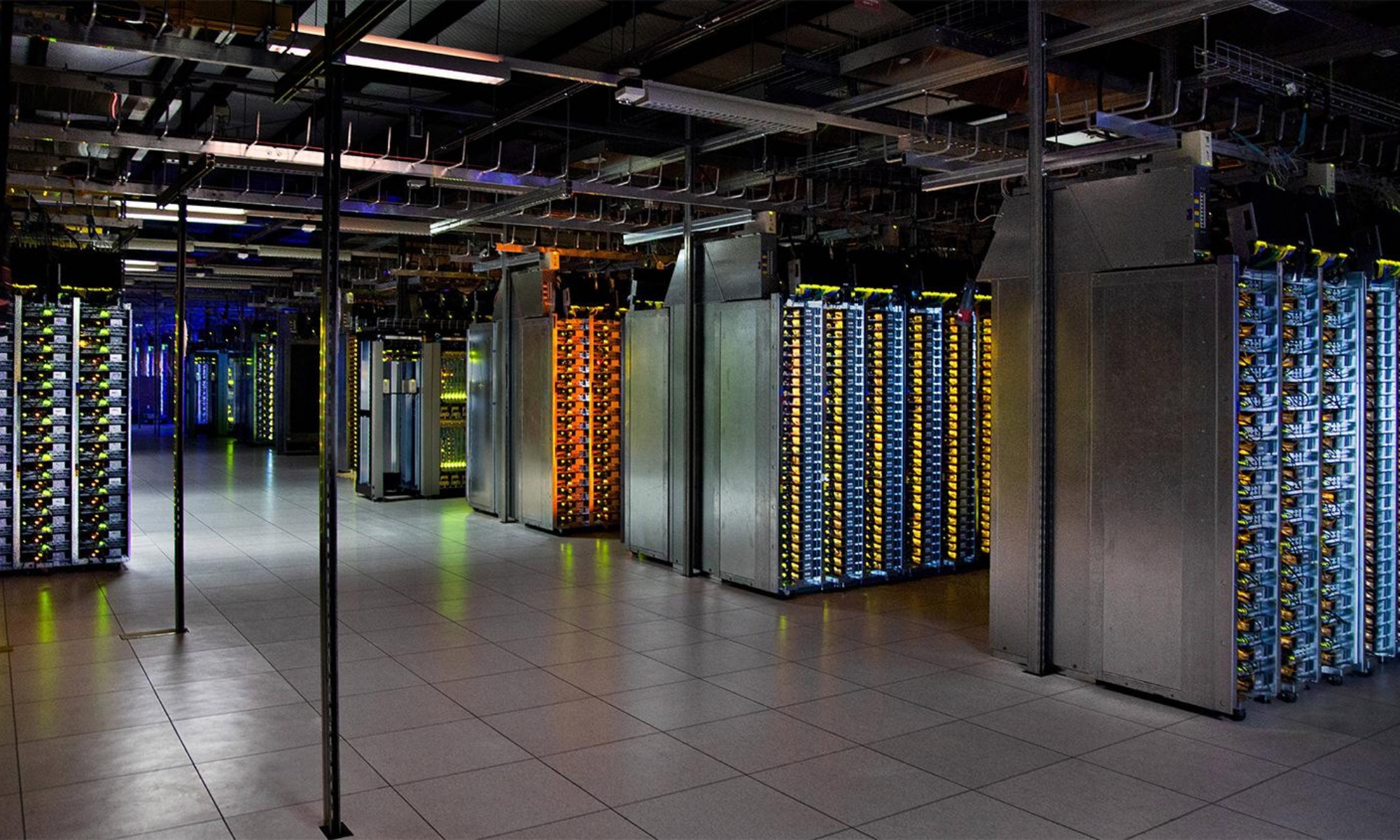What’s up Doc?
In Part I of this series, I covered installation of Windows 8 Consumer Preview, which for those who where looking for big changes from Windows 7 may have been a disappointment. Well, at least until the last part, since that’s where the changes begun with the integration of the new Metro user interface and Windows Live services. In this Part II, we’ll go over these changes.
In Part I of these series, we saw how the login experience changes radically, by integrating the Windows Live account into the mix. This integration is not mandatory, as you will be able to use the new operating system without one, but the experience will be limited to logging on and keeping all your settings on your own PC, as opposed to having an account and settings you can use on anyone’s PC.
Moving around in Windows 8
So, we’re logged on with our Windows Live account, now what? Fig. 1 shows the Metro interface, designed for touch screens but also fully functional with a mouse.

Here, the most important applications we can access are shown in squares called tiles. We can touch or click on any of them to launch the program, and as we add more programs, which in Metro are installed through the Store, more tiles are added to the right side of the screen. You can simply drag and drop the tiles to rearrange them.
No more Start button!
Microsoft decided for this version of Windows to get rid of the Start button, replacing it instead with the Start screen, which has 4 areas (one in each corner of the screen) that can be activated to perform additional functions. Fig. 2 shows the area at the bottom left corner of the screen, which is programmed to give us access to the Start screen at any time.

So, no matter what we are doing at any time, we can go back to the Start screen with one click or tap.
Fig. 3 shows the activated upper left corner area of the screen, where we can see and cycle through open apps running in the background. Because the Metro programs run in full screen mode, there are no buttons that can be clicked to minimize, maximize/restore, or to close the windows, so the only way I found to close a running program is to right-click on this corner window and select Close from the pop-up menu.

Fig. 4 shows what is activated by placing the mouse on the upper and lower right corners of the screen, a simple menu that gives us access to most of the functions in Windows.

If we put the mouse over one of these icons, at this time we get the following screen, which brings up the labels for each icon and also puts the time and date on the screen (Fig. 5):

As we can see, the first icon from top to bottom is for Search (both local files and online), the second icon is for Share (let’s say you take a picture with your tablet’s webcam, or have some thoughts to share, you can post it to your Live, Facebook or other accounts immediately), the third icon is also to bring the Start screen to the front, the fourth one is for managing connected devices, and the fifth one is where you can customize and change settings in Metro. This last icon is also the one where you have to go in order to shut down the PC/tablet, if we click or tap on it we get this screen as shown in Fig. 6 and 7:


On Part III of these series, I’ll go over the Metro App Store, app installation and customization of the Metro interface. I hope you enjoyed this article and feel free to comment/share with your friends.
See you then!


You must be logged in to post a comment.